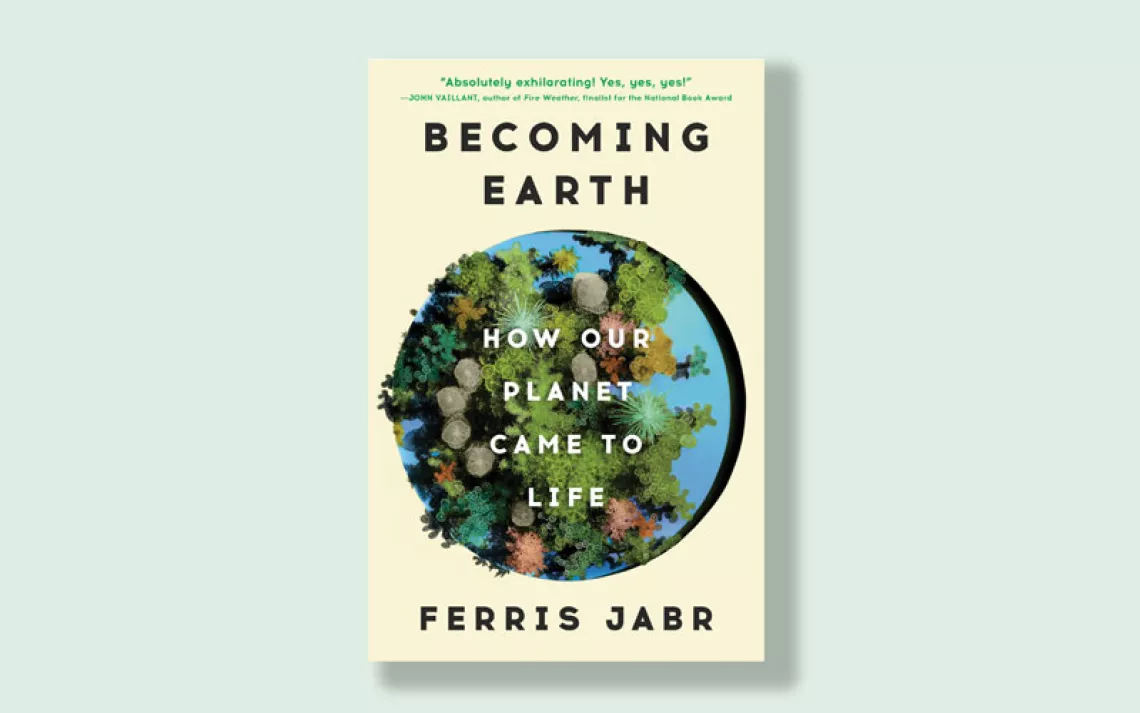How to Feed Nine Billion People

End of Plenty: The Race to Feed a Crowded World, by Joel K. Bourne Jr.
In Guangzhou, factory farms struggle to feed enough pigs to keep up with China's ravenous demand for pork. In Punjab, India, on land once fertile with chickpeas, cotton farmers are dying by the hundreds of thousands from carcinogenic pesticides or suicide. And in America, farmers are growing corn to produce ethanol and biofuel.
In End of Plenty, agriculture writer and National Geographic journalist Joel K. Bourne searches the world’s farms and factories for a morsel of hope to feed future hungry mouths. From Ukraine’s plentiful wheat fields to fish farms in the cobalt Caribbean, Bourne witnesses what economist T.R. Malthus predicted in the 19th century: a danse macabre between out-of-control population growth and the food that fuels it.
Of all the obstacles we face with feeding nine billion souls by 2050, the effect of runaway greenhouse gases is the highest hurdle to clear. One meter of sea level rise could result in 24 million refugees from the Indian subcontinent. And global temperature increases could diminish crop yields of corn and soy for two billion people in Asia alone. The impacts of corporate land grabs, long-term droughts, and overcrowded cities would only be exacerbated by a global temperature rise of four degrees Celsius by 2100.
Bourne digs for solutions in arid ground. The Green Revolution—four decades of high crop yields and new farming technology—came at the cost of harmful pesticides like DDT. Providing food for nine billion people without further destroying the environment is the greatest obstacle we face, says biologist Jon Foley, who outlines a to-do list for avoiding a food-pocalypse. But the real secret to the survival of future generations is simple, cold economics: lower the food demand.
End of Plenty: The Race to Feed a Crowded World, by Joel K. Bourne Jr. (Norton, June 2015)
 The Magazine of The Sierra Club
The Magazine of The Sierra Club



